Leuchtend und farbenfroh erblickt man überall die bunten Khanga Tüchern in den geschäftigen Strassen und Märkten, aber ebenso in den offenen Shops an den Stränden von Sansibar im Winde wehen. Denn das traditionelle und bunt bedruckte Tuch aus Baumwolle wird nicht nur von den meisten Frauen Tansanias und Ostafrikas getragen, sondern ist auch bei vielen Touristen ein beliebtes Souvenir, wenn sie Afrika besuchen. Der Ursprung des Khanga Tuch ist bis heute nicht geklärt und so gibt es viele Meinungen, wo und wann es seinen Anfang fand.
Sansibar könnte der Herkunftsort sein, da es ein wichtiger Handelshafen war. Aber auch dies ist nicht bewiesen.
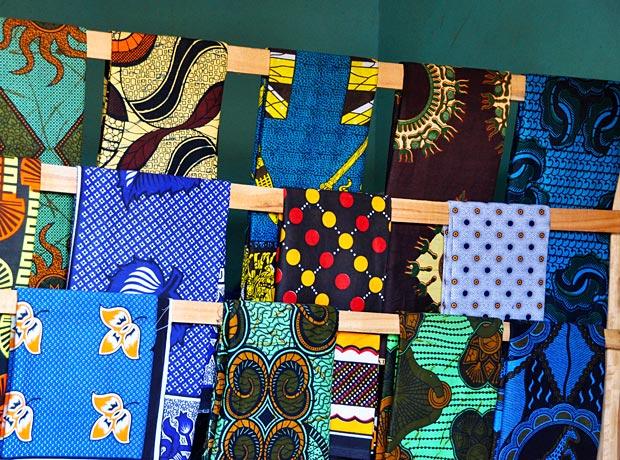
Das Wort Kanga bedeutet in der Swahili Sprache Perlhuhn. Ein Grund hierfür mag sein, dass die ersten Muster vermutlich dem Federkleid des Perlhuhns ähnelten. Heute gibt es eine endlose Vielfalt von Khangas in den verschiedensten, Farben, Mustern und Designs. Meist ist das Khanga Tuch in rechteckiger Form gewebt und ca. 1,5m x 1,0m groß. Neben den Khangas gibt es ein weiteres traditionelles Baumwolltuch, das Kitenge heisst. Dieses ähnelt zwar dem Khanga ist aber vom Material her meist dicker gewebt und wird gewöhnlich in Einzelteilen sozusagen als Meterware verkauft. Viele Khangas sind hinzu mit einem Sprichwort oder Redewendung versehen und werden „jina“ genannt, was soviel bedeutet wie „Name“. Anhand dieser „Namensgebung“ bzw. der jeweiligen Botschaft erhält das einzelne Khanga Tuch seinen individuellen Wiedererkennungswert. Viele dieser Sprüche beinhalten Liebesbotschaften, Wünsche zu Wohlstand & Reichtum oder religiöse Sprüche bis hin zu ganz willkürlichen Dingen des Alltags.
Hier ein paar Beispiele:
Tunaipenda Africa yetu = Wir lieben unser Afrika
Kheri ya Krismas na Mwaka Mpya = Frohe Weihnachten und ein glückliches Neues Jahr
Mungu ndiye tegemeo letu = Wir vertrauen in Gott
Nalidumu letu pendo = Lass unsere Liebe für ewig halten
Mwembe tayari = Die Mangos sind reif
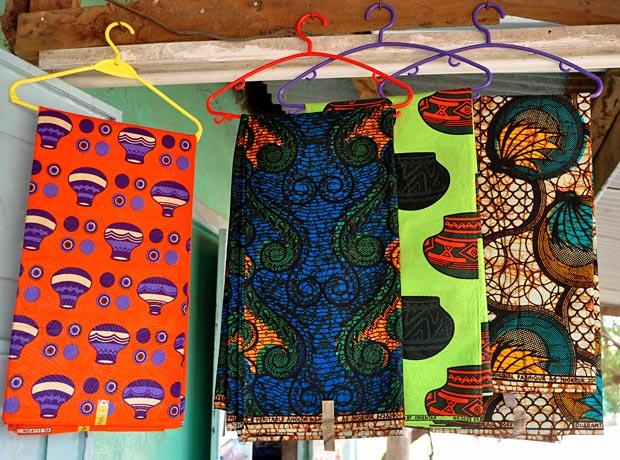
Die aus Baumwolle gewebten Khangas werden in Tansania sowie Kenia produziert und findet man eigentlich überall zum Verkauf. Einige lokale Schneider integrieren die bunten Baumwolltücher in ihre eigenen Modekreationen und schneidern die verschiedensten Accessoires aus ihnen. Dieser Trend hat sich bis nach Europa und anderen Kontinenten ausgeweitet, wo Modedesigner auf afrikanische Textilien wie Khangas zurückgreifen, um sie mit europäischen Stoffmustern zu kombinieren.
Es gibt auch eine andere Art von Kleidungsstücken, die Kitenge, die den Khangas ähneln, aber aus dickerem Stoff sind und normalerweise in drei Teilen verkauft werden.

Khangas und Kitenges sind fester Bestandteil der Swahili Kultur sowie im einzelnen Leben der lokalen Bevölkerung. Ein Khanga bleibt oftmals im Besitz von ein und derselben Person von der Geburt an bis zum Lebensende. Auf Hochzeiten ist es weit verbreitet, traditionelle Baumwolltücher den weiblichen Familienmitgliedern zu übergeben. Neben des üblichen Tragens als Kleid oder Wickelrock, dient das Khanga darüberhinaus als Kopfbedeckung sowie als Tragetuch für Kinder. Auch sonst lässt es sich für die verschiedensten Tätigkeiten im Alltag einsetzen.
Ein Khanga ist daher mehr als nur ein Stück Baumwollstoff, sondern es ist ein ständiger Wegbegleiter im afrikanischen Alltag und damit zentraler Ausdruck tansanischer Kultur.
 auf Tripadvisor
auf Tripadvisor

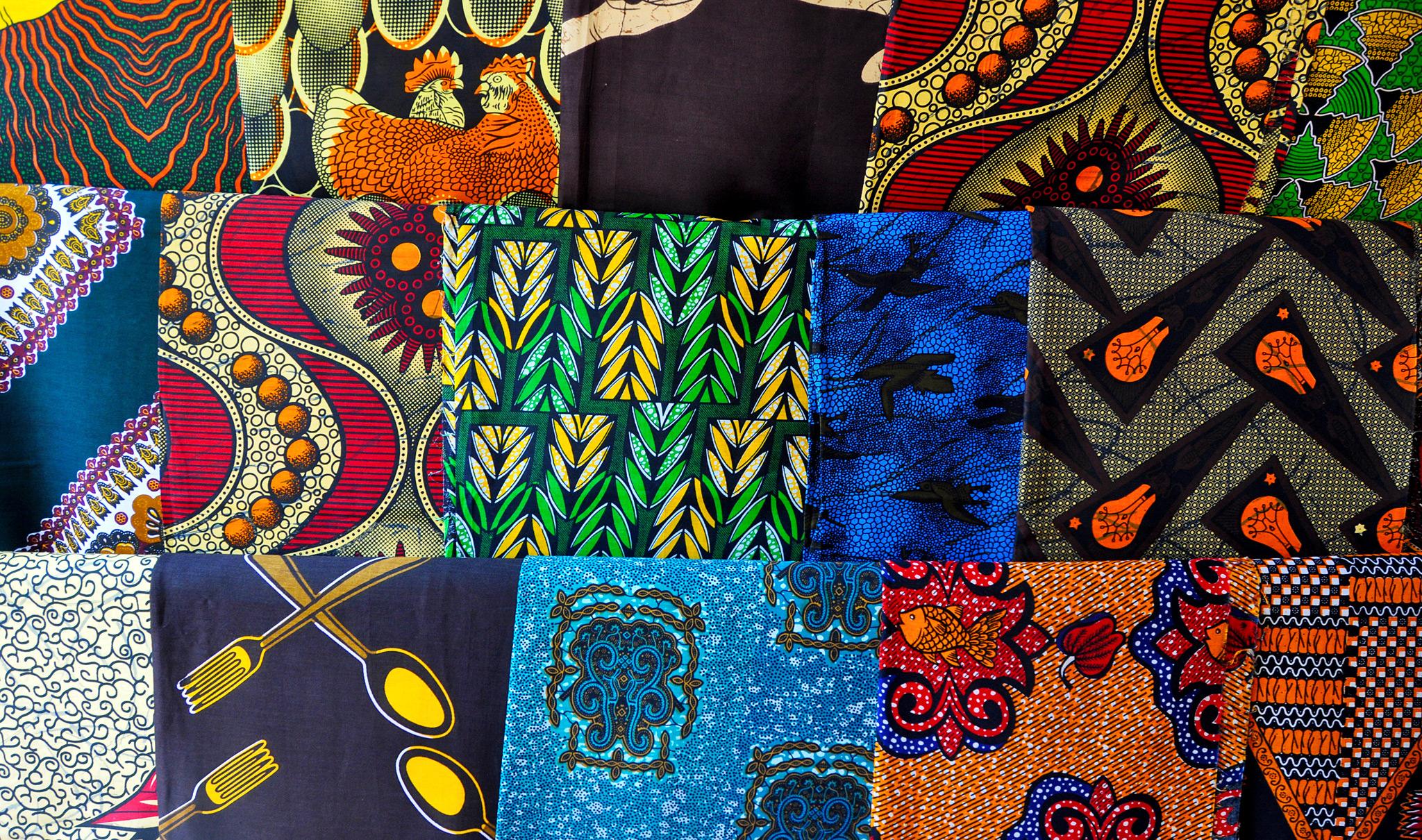
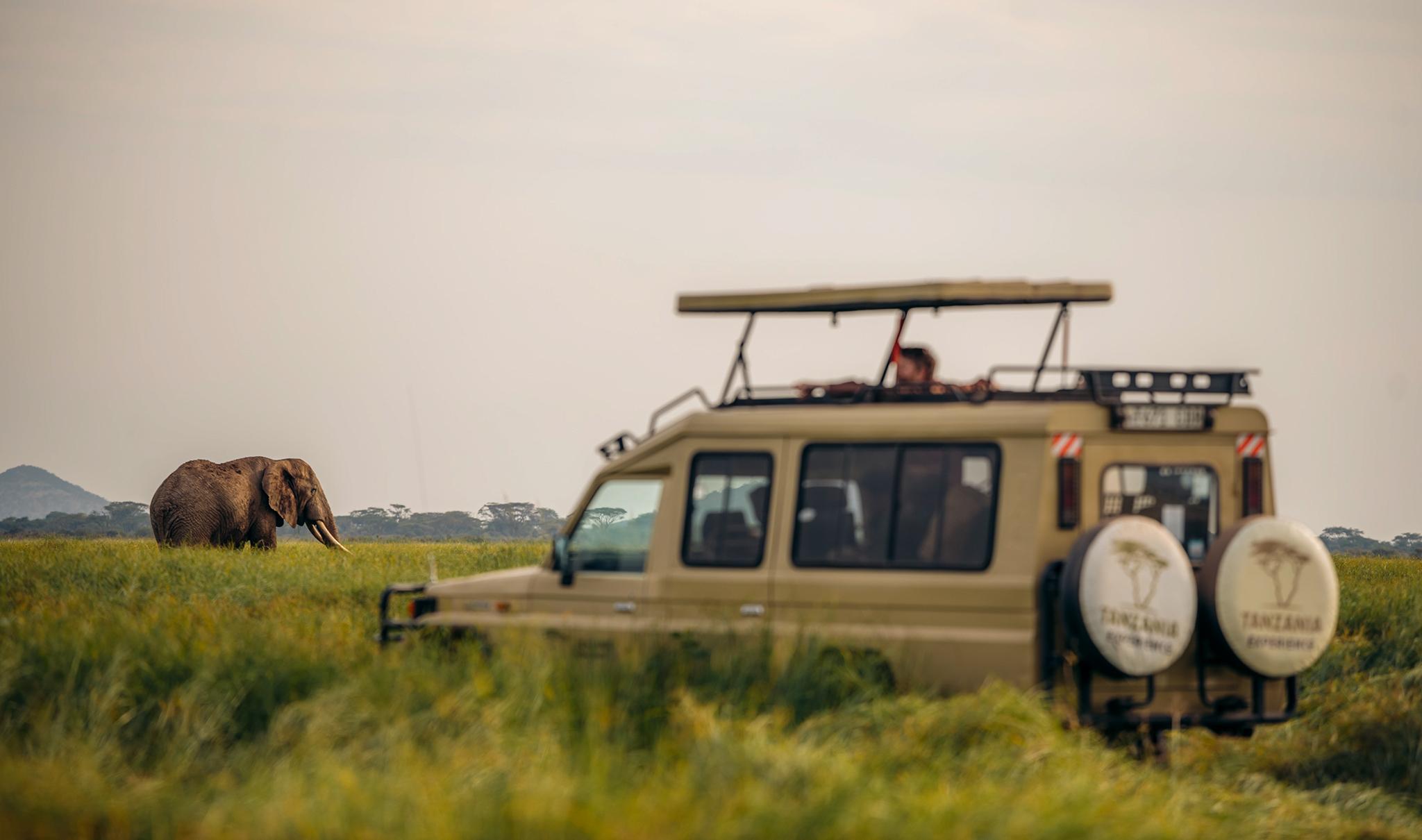
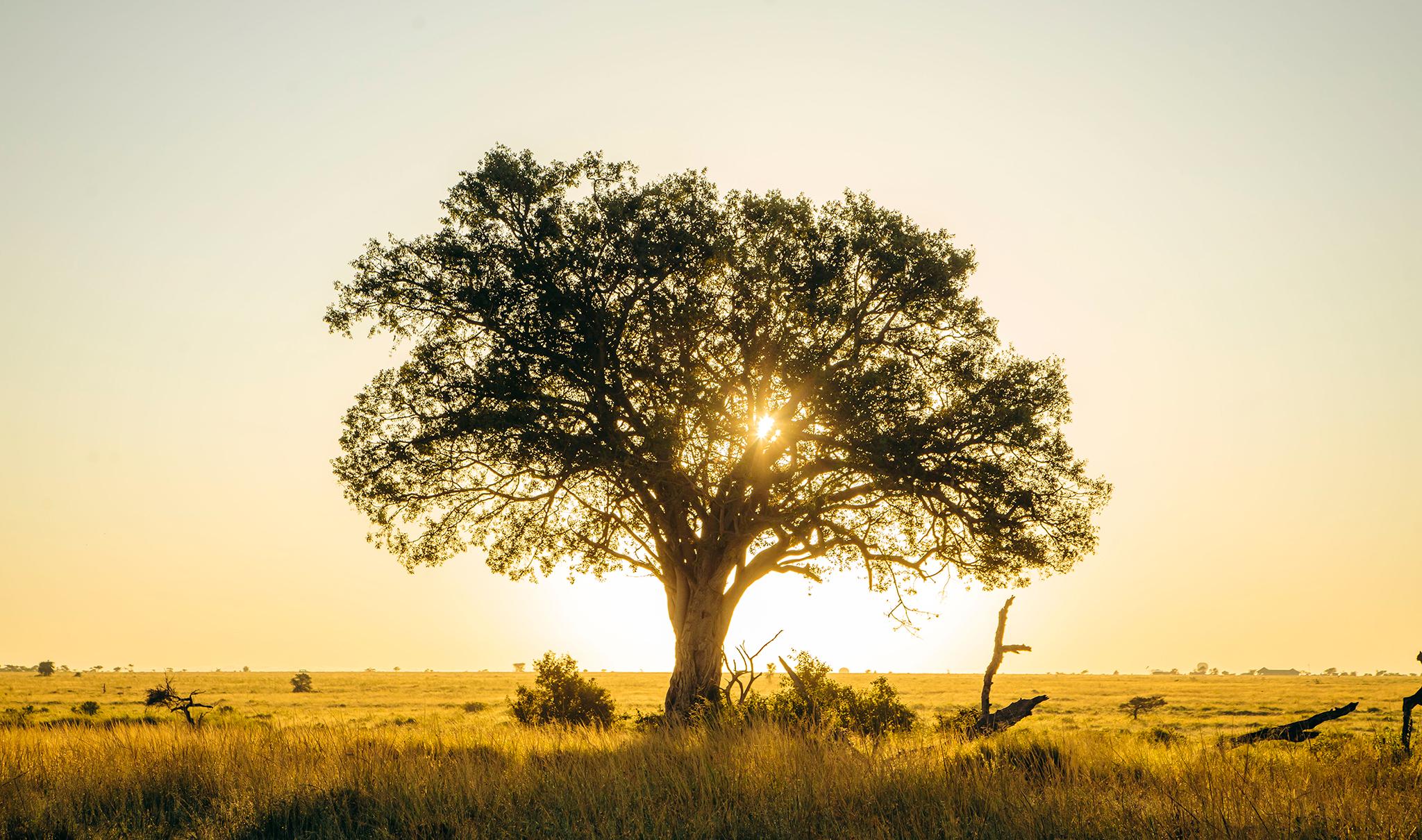
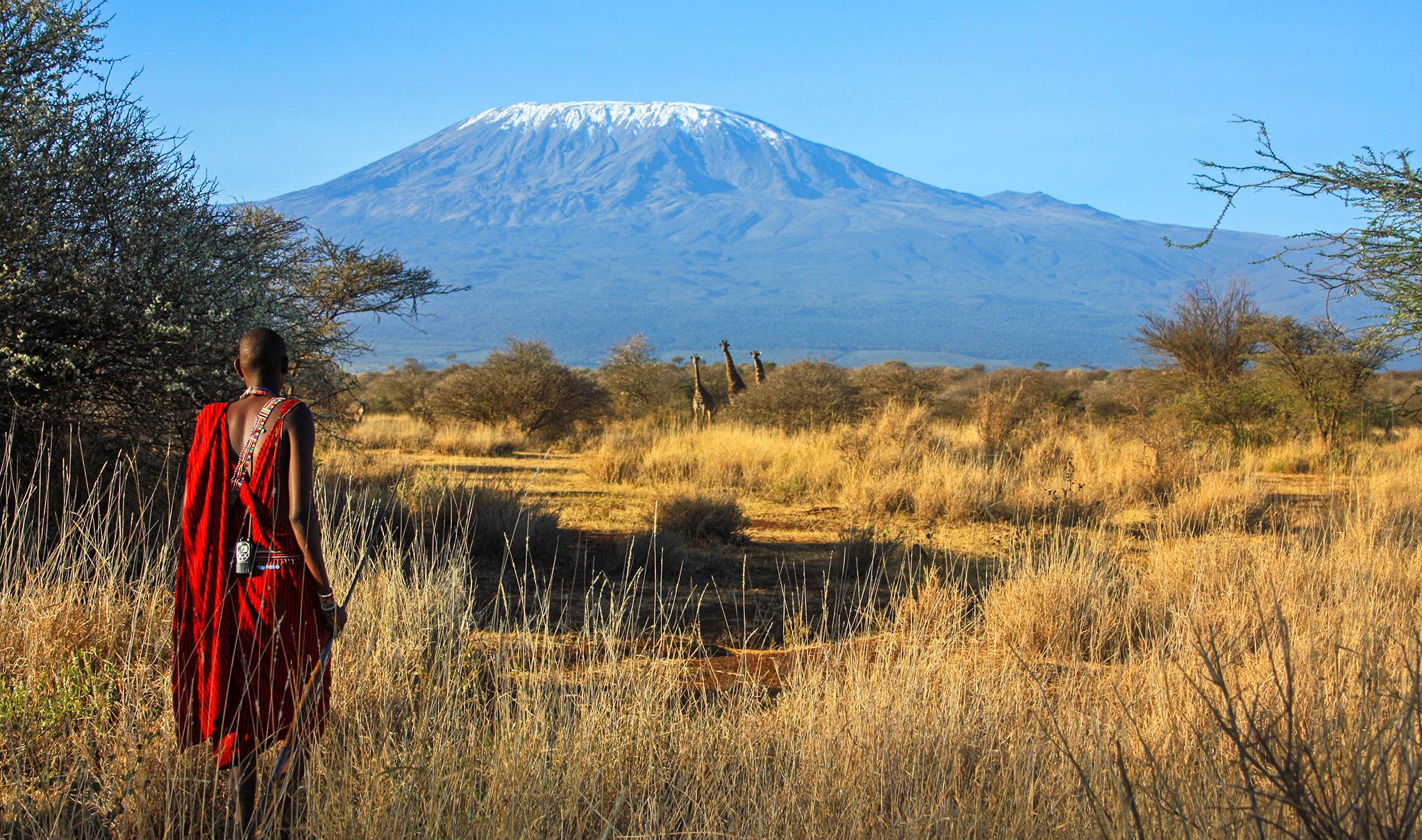
Hi
Can you refer me to someone that can provide me with these khanga wraps
Marge
Hi Marge, the best way is to come and visit Tanzania.
There are many specialized shops in all major hubs of the country. Pick a pattern and get a tailormade item.
Although we have heard that khangas made their way into international fashion, we’d suggest looking this up in a search engine.
We hope this helps!
Karibu Tanzania
Marge, You can find Khanga and Kitenge cloth on etsy and ebay. (The fabric shown in the second photo where the pieces are folded and on hangers is not Khanga but is Kitenge, also known as Ankara fabric.) We all can’t afford to jump up and take a trip to East Africa. If I could, I would and I would come home with my suitcase full of Khanga and Kitenge cloth!
Hello, I bought a night gown in Stonetown. How do I know if it’s Kanga or Kitenge fabric? Also, what does “waceh waseme nimpendae simwachi” mean? Google translate said something “no more suffer”.
Any info and advice hugely appreciated 😉
Hello Caro,
“Wache waseme nimpendae simwachi” can be translated to “let them speak, I will not leave the one I love” .
Usually it isa Kanga if it has proverbs on it. Kitenges do not have any writing on them.
Karibu
The difference between Kanga and Kitenge are the writings on the Kanga. Kitenge does not have writings on it. Also Kanga uses soft fabric therefore it is softer than Kitenge. The words “waache waseme nimpendae simwachi” means ” Let them speak, I will not let go the one I love”
Hi I’m from Zanzibar , congrats for visiting here. It means ” let them say whatever they want, but I’ll still love u”
Hi, it is very attractive fashion blog which help to connect with fashion.
How do you wrap a Khanga? I have 2 beautiful pieces of cloth but do not know how to wrap them. They are so nice and would hate to use them as tablecloths.
Hi Ann,
we’ve found a beautiful video which demonstrates well how you can wrap Khangas:
https://www.youtube.com/watch?v=xw4FI-9rlYA
Of course there are other styles which might be not shown in this video.
Oops, I forgot to ask. Does anyone know what “KAMA UNAWEZA BASI MTIE KAMBA MUMEWE” mean? That ‘s what is printed on my fabric. Thanks for your help!
Ann
Ann, it literally means:
“If you can – just tie your husband” – meaning someone could be interested with another ones husband and warns that if you don’t bind him on with a “string”, she will try to snitch him away. Of course this interpretation is open for discussions.
I have a couple of nice pieces of kitenge (5-6 meters long) and a kanga, all from Zanzibar. I would like to have some clothing made from the fabrics, simple blouses or trousers. I don’t care for skirts or dresses. Is this possible? What sort of style would work? The kanga is very loosely woven and has a small break in the fabric so it may not be useable.
Thanks,
Meg
I just visited Mozambique and Malawi and bought several of the cloths kitenge. I had myself measured right in the market, had a beautiful shirt in an hour and a half. Cut and sewn by a foot pedal machine and an artist I’m a big guy he was tiny all he said was big , big. Measured me 3 times then folded the cloth and with out drawings started cutting. 3 days later I also picked up an amazing dinner jacket. Was a fantastic experience. All the ladies in the market was complementing me. I want to import the cloth to the U S. Any ideas. Contacts. I have a name,, LOFTANGLE, but can’t find anything online.
One thing to keep in mind about the Khanga:
In Swahili culture (please note that I don’t say “Tanzanian culture” or “African culture”), the Khanga is also used as a medium of communication. It is common practice for a wife to wear certain colours of Khanga to let her spouse know that she’s in her monthly cycle. Or that she wants/she is interested in him.
The above aside, the single most important item on the Khanga is what is printed on it. Ousiders might be excused for lack of knowledge but if it so happens that you present a Khanga with a wrong message to, say, your potential in laws, you’d be in for a very strong surprise.
In Swahili culture, the messages that are printed on Khanga fabrics are perceived to convey a message from the wearer to the one reading or from the one presenting the fabric as a gift, to the recepient. Messages can have many themes. From messages of love to downright insulting messages (disguised in proverbs). It is common practice to see quarrelling women put on a Khanga with a nasty message to the other party.
All in all, when choosing your Khanga, pay particular attention to what is printed on it. You could be broadcasting a wrong message.
Wondering if anyone knows what my kanga says?
“Ana nini? Nashangaa
Mtu Mzima Ovyoo”
I bought it because I love the colours and it has cute ice cream cones all over it, but my guide seemed to find the words really funny…
Dear Sarah,
let us try to help with the translation of this phrase. It says literally:
“What is wrong with him/her? I wonder you are a grown up person but foolish.”
It can be interpreted as someone (a mature person e.g. neighbor, friend) looking
at the person wearing it with jealousy and should have no good reason to judge
the life of the person wearing. Keep in mind as above post says:
“In Swahili culture, the messages that are printed on Khanga fabrics are perceived
to convey a message from the wearer to the one reading”
A traditional way to express a feeling towards others.
We hope this helps you to appreciate this piece of Khanga.
I wonder if you can guide me to genuinely Tanzanian made Kitenge. I notice that a lot of the wax prints are made in Europe (the Netherlands) and would like to support African or Tanzanian businesses first. I was recently in the norther part of Tanzania and fascinated with the fabrics and uses.
Hi. Could you please advise where in Tanzana can I get high quality african print? (Khangas or kitengues) I got some in street markets in Malawi and they were very low quality and faded when washed. I am traveling to Tanzania next and I want to get high quality durable fabrics. In West Africa I managed to get dutch african print fabrics and I must say the they have the best quality. Can I get similar quality in Tanzania? Thanks
Hello Alison & Luisa,
thank you for your contribution and to share your experience. In Mwanza there are textil industries for Khanga and Kitenge factories.
We hope this infomation helps.
Hi . Can you refer me to someone who can provide me with these khangas or kitenges .
I enjoy reading through a post that can make people think.
Also, many thanks for allowing for me to comment!
Thank you for all of this great information! I bought a khanga which says: ukiwa na imani na subira utakuwa nayo
Would you be able to tell me what it means?
Many thanks
Hi
you are welcome.
“ukiwa na imani na subira utakuwa” can be literally interpreted with
“If you have trust you will have patience too” (open for discussion)
Enjoy your nice piece of Khanga.